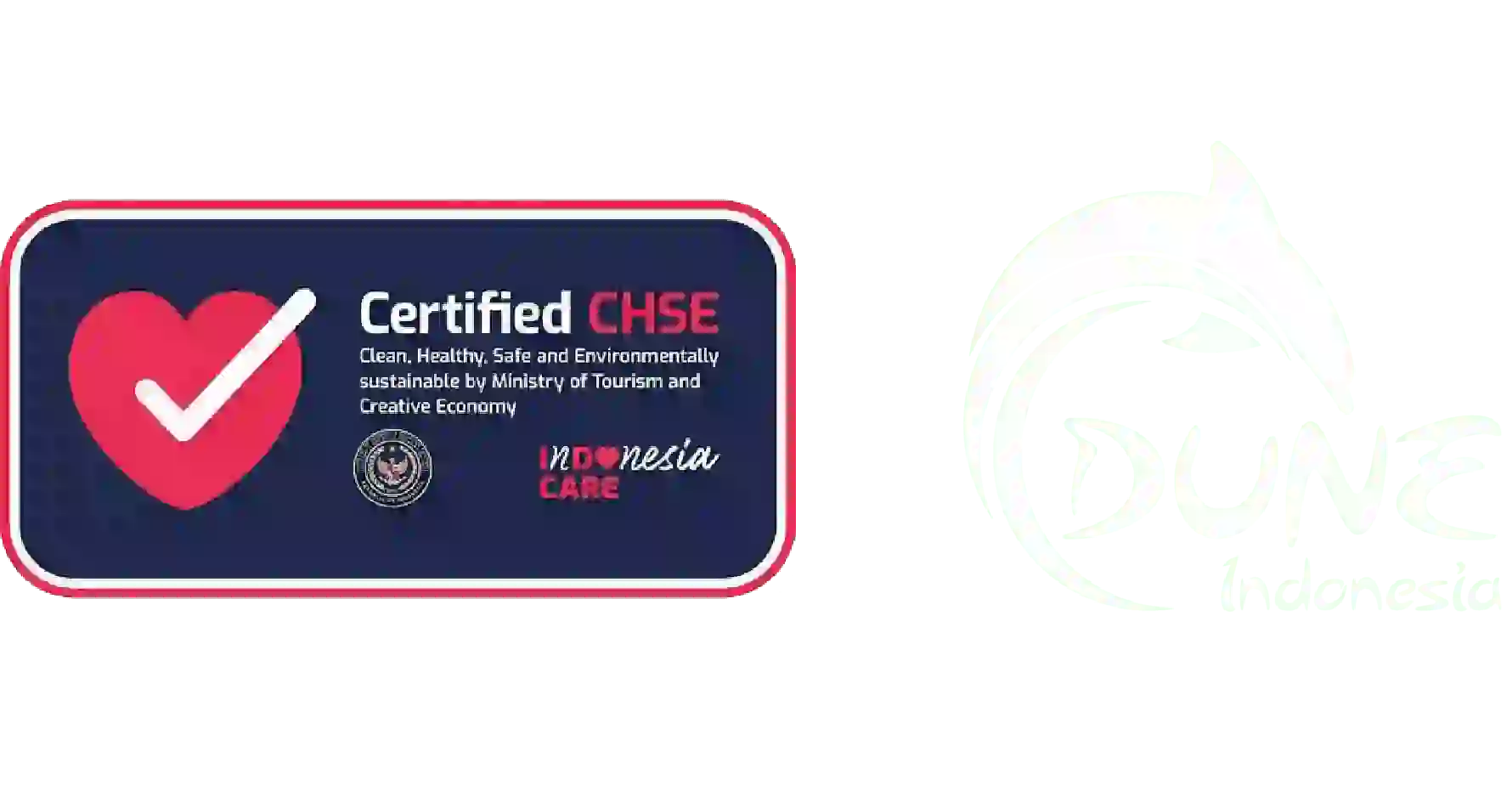Developed in the Middle Age by Japanese fishermen, they realized that the highest concentration of fish was located near submerged objects such as vegetation (corals, old submerged forests …) or near old human creations (wrecks of planes, ships, sunken cities …).
After observing this, they decided to develop the seabed to their advantage. Thus, they immersed various structures in strategic places, creating ideal places for fishing. This is how artificial reefs came into being.
Since then, these constructions have experienced significant growth throughout the world. The leader remains Japan with nearly 20 million cubic meters underwater, followed by the United States with one million cubic meters.
Today, they have a completely different purpose. Indeed, artificial reefs are used to restore damaged seabeds and to repopulate them or to create them where there were none, such as a sand slope, thanks to different techniques. We can therefore create an artificial reef by depositing concrete blocks or steel structures on the bottom of our oceans on which we attach fragments of coral. These fragments are recovered by snorkelers or divers. Once recovered, they are quickly brought to the surface before being attached and immersed in the desired area.
A company called OceanQuest performs these operations but in an entirely eco-friendly way while training curious people for leisure as well as professionals. The cement blocks or steel are abandoned to make room for pieces of rock or dead corals called live rocks.
Collect, attach, re-plant
“The simplicity of Ocean Quest’s program is quite unique, the secret being a patented catalyst that Anuar has developed. After a site has been surveyed for propagation, divers or snorkelers collect broken fragments of live coral and small live rock from the location, and bring both to shore in baskets. Participants in the program sort and prepare the coral, before attaching the 2cm high fragments to the live rock. The catalyst is then used to help bond the coral quickly to the rock. After two weeks, the catalyst dissolves the bonding agent leaving the coral attached by itself to the live rock, and there is no glue or toxin left behind” OceanQuest.






